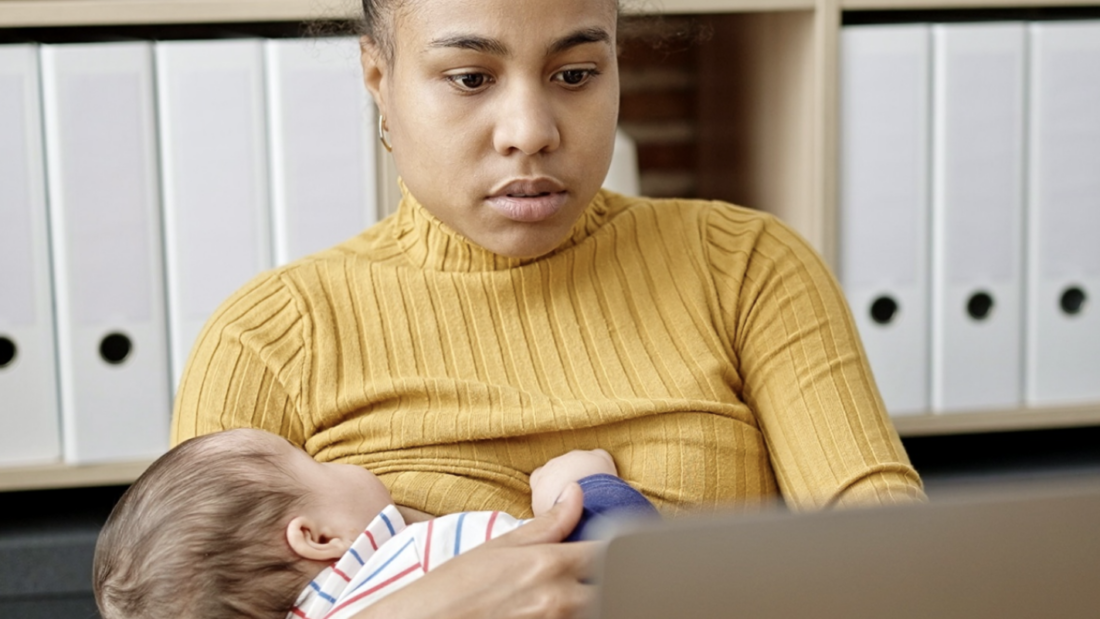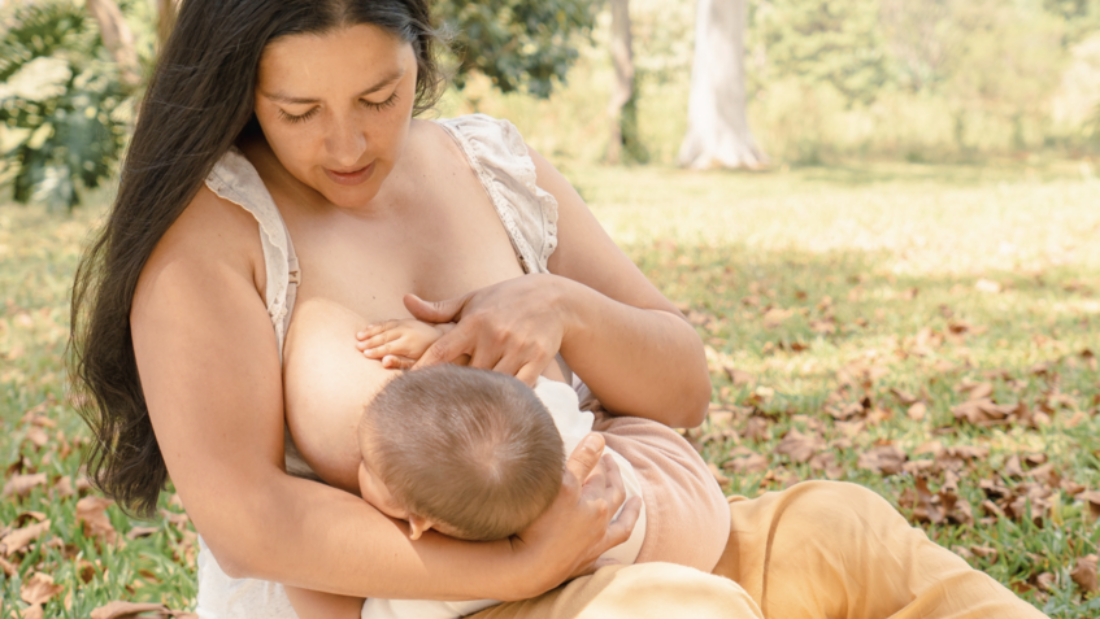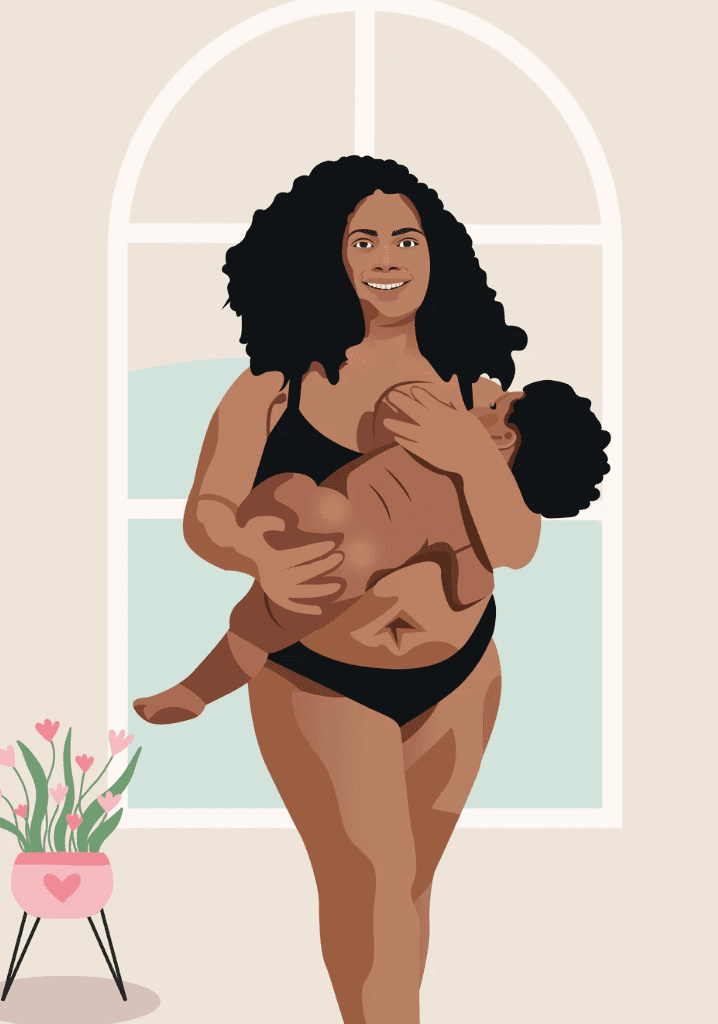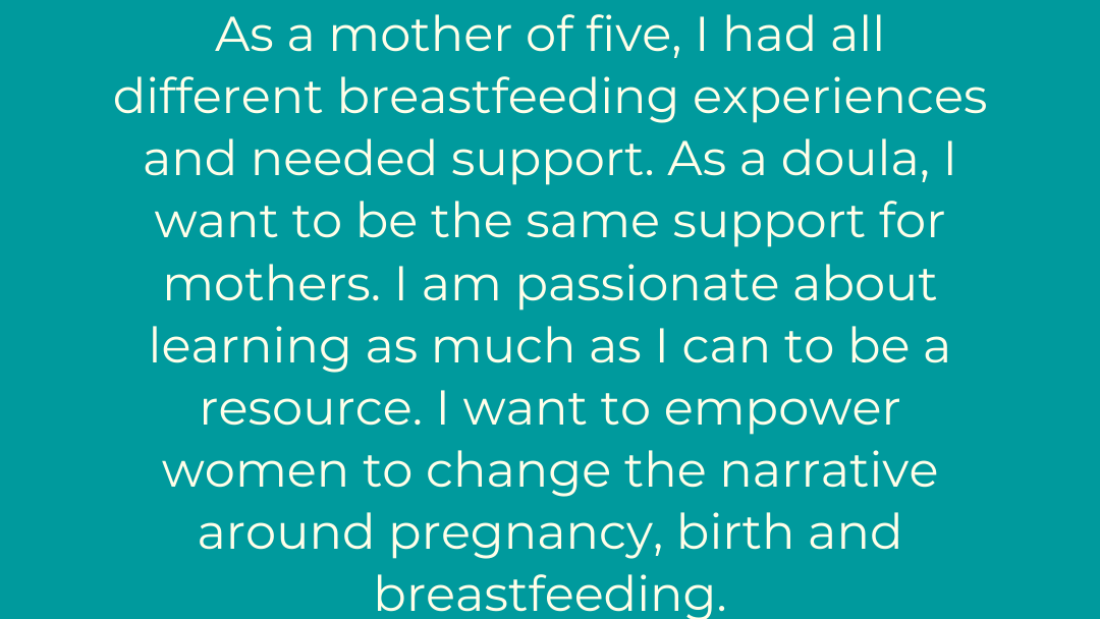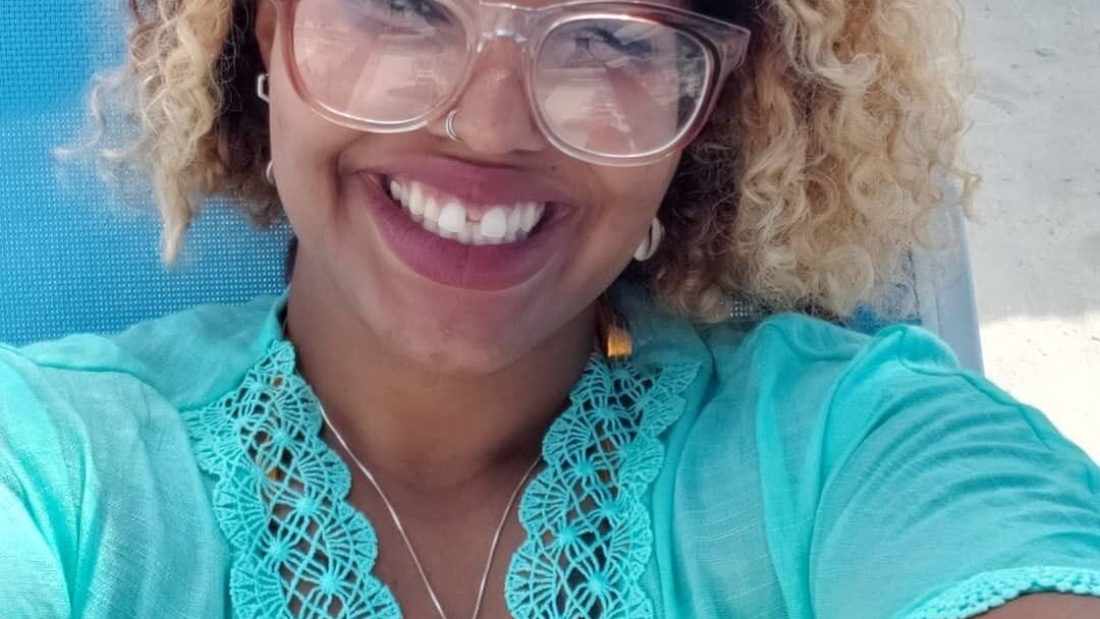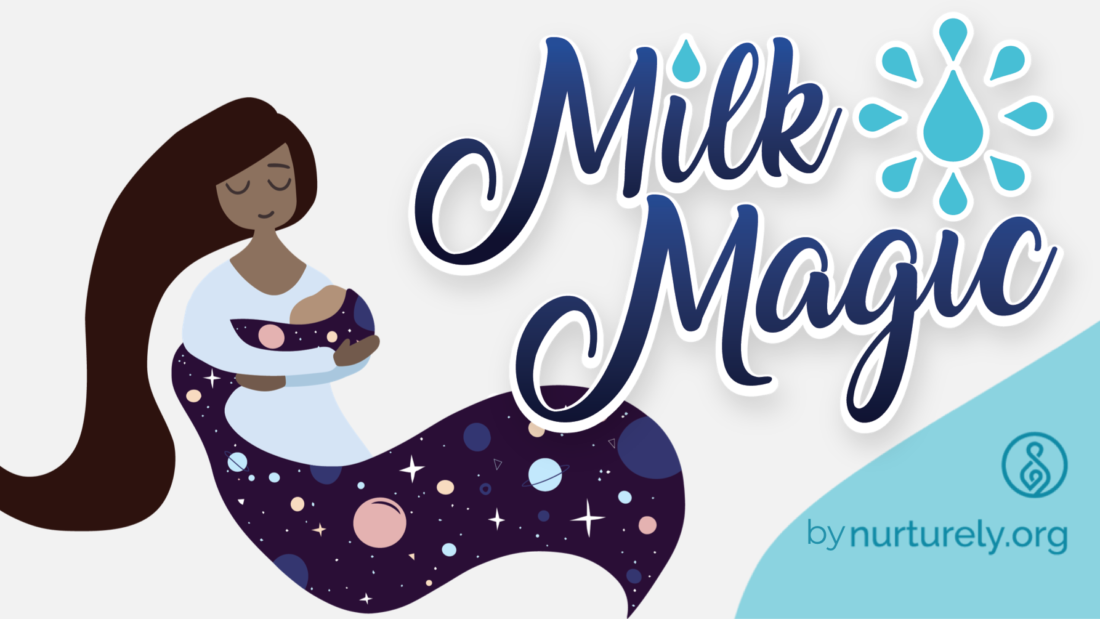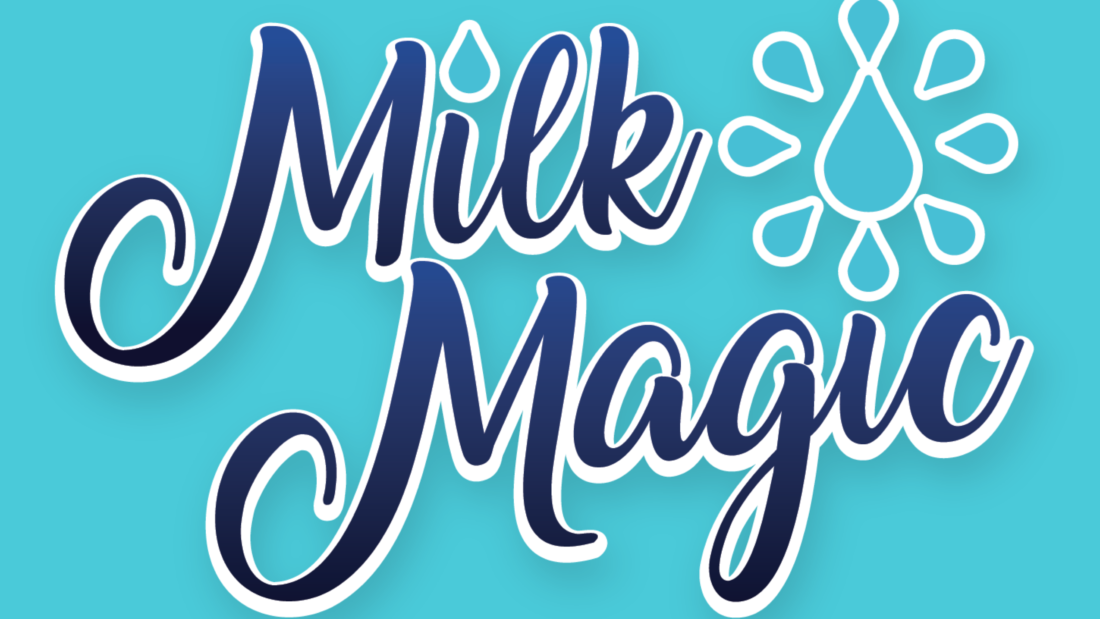The “Choice” to Breastfeed
There is often still confusion about lactation advocacy. Some things I often hear are: Are you anti-formula? Are you anti-choice? The idea that breastmilk vs formula is a “choice” is wildly misleading. In fact, only those who have the most privilege (with regard to racism, culture, family structure, income, ability, geography, etc) actually get to make the choice between human milk and formula. Most often, both in the US and around the world, parents become dependent on formula due to predatory marketing, lack of culturally relevant support and education, racism in perinatal care, historical trauma that impedes breastfeeding, lack of proximity to or knowledge of donor milk, and/or having to return to work too soon.
Among families who have the privilege of avoiding these barriers and others, it may actually be a personal choice between formula and breastmilk. But are those families truly informed of the risks associated with infant formula? The health risks of formula are so great and so well-established that researchers cannot ethically do a controlled study comparing breastmilk vs formula. Yet this understanding of the qualitative and indisputable differences between human milk and formula often don’t reach parents.
Our goal at Nurturely is to make it common knowledge that human milk access should be a human right. With this framing, it becomes more clear that this is a fight that everyone has a role in, regardless of how you personally feed your own baby or whether you even have babies at all. Join the conversation on this human rights issue that connects humans around the world.
Policies x Culture
Policies supporting lactation have been slowly increasing, which is of course fantastic and very needed. And as much as I want to celebrate and support these policy advances, they’re falling support of 1) being equitably implemented, and 2) getting at the cultural change that needs to happen to be truly effective.. At its core, lactation is a cultural practice and so the solutions that aim to increase equitable access to lactation and human milk must shift culture, not just change rules or structures.
As one example, corporate, state, and federal policies now support milk expression in the workplace (e.g., ACA, PUMP Act) and are associated with increased lactation duration (Kim et al., 2019), yet structural racism has created disparities where Black lactating parents are more likely to work in the service or transportation industry in jobs with less flexibility in comparison with white parents who are more likely to be in management positions (United States Bureau of Labor Statistics, 2018). This results in an unequal benefit from these policies, making education about and equitable enforcement of milk-friendly workplaces critical to health equity and racial equity (Johnson, Kirk, & Muzik, 2015). Among birthworkers and healthcare professionals who provide the majority of care to perinatal patients, almost none are required to obtain – or are routinely provided with – any training in lactation in general, much less milk expression specifically. Due to lack of expertise plus a lack of continuity between these providers, parents often receive conflicting messages and guidance about milk expression, a lack of coordination that threatens lactation and human milk access (NACCHO, 2021).
Another example is the legislation and structural change of providing lactation rooms in airports. The Friendly Airports for Mothers Act was signed into law in 2020, requiring airports to have a private space for pumping and breast/chestfeeding. The easy-to-implement and compliant solution came in the form of a lactation pod, now seen widely across most US airports. Though structurally and systemically, this law and the corresponding solution are creating infrastructure to benefit lactating and pumping parents, let’s also look at the cultural message these pods are sending:
– lactation/pumping should be shut away, out of public view
– lactation/pumping should be done alone
– lactation/pumping is a thing that happens at a specified and time
These messages are neither accurate nor supportive of the biology, psychology, and culture of how humans feed babies.
– Is this law a win for parents and health equity advocates? YES!
– Is the lactation pod an easy and affordable solution for airports to stay compliant? YES.
– Is it true that many parents would prefer feeding/pumping alone in the privacy of a pod? Of course.
The long term goal should be cultural change, building a society that welcomes and supports feeding and pumping anywhere, anytime, and we all have a role to play.
Reach out to us to brainstorm how you can support a culture of lactation at your workplace, community group, or other public space.


